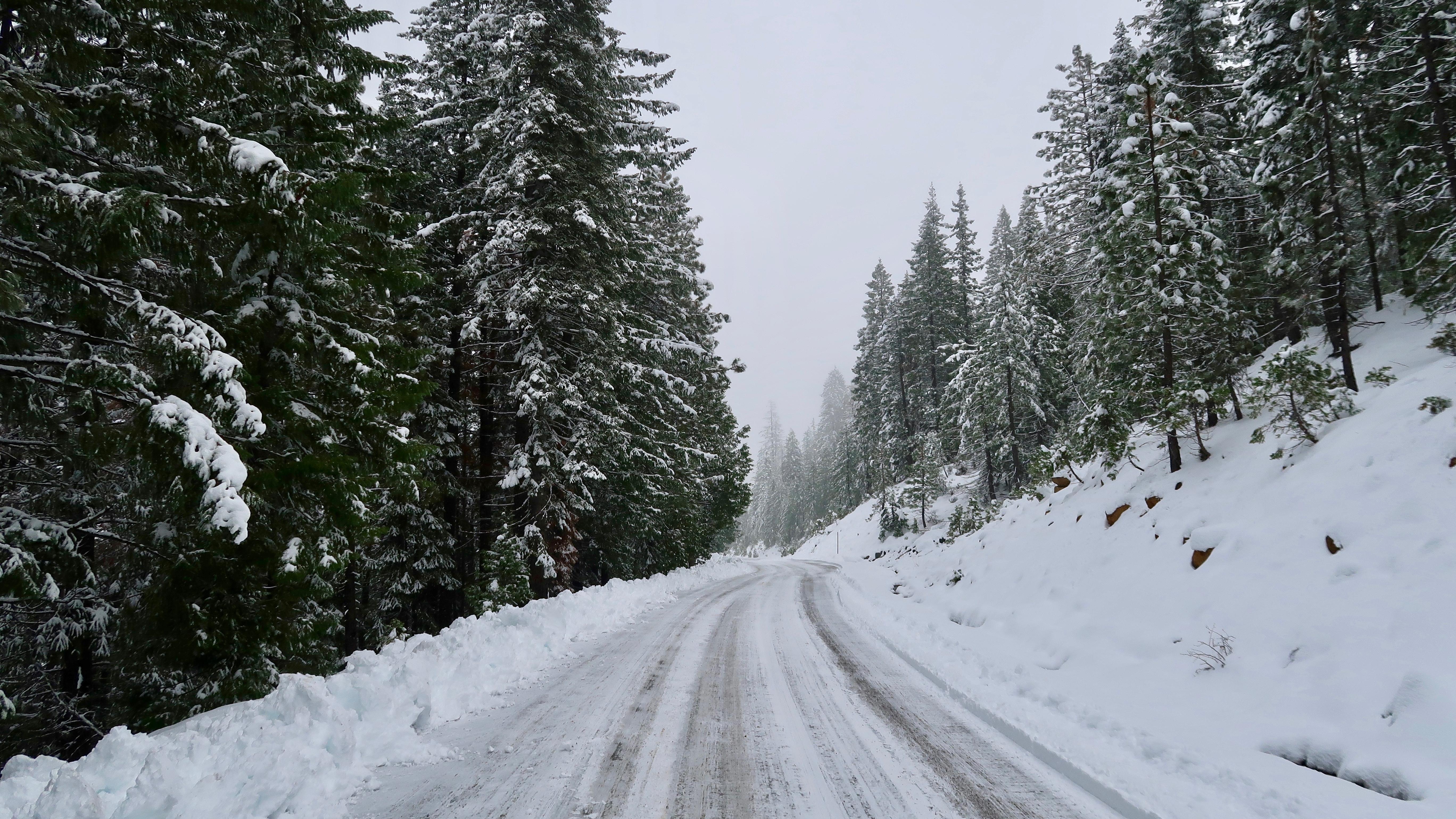As temperatures get colder and days get shorter, many runners find themselves facing a familiar dilemma: how to stay motivated and continue performing despite the changing weather conditions. The good news is that we’re all (mostly) in this together! In this blog, we dive into some tips and tricks to help you embrace the chill and keep you running.
No better way to combat the cold than with a nice warmup! As temperatures get colder, warming up gets more important. Cold weather restricts blood flow, which causes muscles to contract, and cold muscles are more prone to injury, so warming up is crucial. Start your run with some dynamic stretches and light jogging to get the blood flowing to your muscles. Give yourself a bit of extra time on colder days to ensure you get your body ready for the workout. Investing a few extra minutes before your workout will go a long way when it comes to keeping your body healthy throughout the winter.
Dress for the conditions. First stop: layers. Your body will start cold and naturally warm up as your run progresses, so it’s important to dress accordingly. Dressing with a windproof outer layer with a more snug or sweat wicking inner layer typically is the go-to setup for most winter runners. Pairing this with some gloves and a winter hat will allow you to stay warm when it matters, but adapt as your body temperature increases. Removing the gloves, taking off the hat, unzipping or ditching the outer layer are all expected, so aim to keep those articles of clothing pieces that can condense down into a pocket or running bag if you have one.
Next up is footwear. Ice and snow will certainly make even the most flat, straight, otherwise boring run into an excursion. It’s important to have footwear that can provide a bit of extra traction in these conditions. All the major brands will offer a top-of-the-line shoe for extra grip, but for the thrifty runners among us, your local hardware store likely has a solution for a fraction of the cost! Simply taking an old pair of running shoes and adding some hex head screws into the bottom can save you hundreds of dollars. Just make sure to measure correctly as you want to pick a screw length shorter than the outsole + midsole!

One of the most common winter running mistakes is neglecting to hydrate! When temps get colder, people tend to lose that feeling of thirst they know so well in the summer months. That, plus the fact they might not be dripping with sweat will often help them push hydration to the back of their mind. It’s important to treat hydration similar to how you’d approach it any other time of year: hydrate before, during and after your run and listen to your body! If you typically carry fluids for a certain distance, continue to do so, even if you don’t feel like you need them as much.
On a similar note, it’s vitally important to listen to your body. Frostbite, muscle pulls and hypothermia are all serious and shouldn’t be taken lightly. Watch out for excess shivering, numb or off-color extremities and always play it safe! Remember, there’s a long season of training ahead and you want to be able to make the most of it.
Along with different conditions should come an adjusted mindset. Your times will likely be slower as you account for slick surfaces, strong winds and tighter muscles. Enjoy the process and don’t let these changes get the best of you! Enjoy the new environment and remember, you likely have fewer events (if any) during the core winter months, so it’s a great excuse for some extra base training!
Finally, as tempting as it is to get inside after a cold run and immediately shuffle to a warm shower, don’t neglect to cool down and recover as you would in the warmer months! Get into some dry, warm clothes and refuel. Stretch your body out because, as mentioned before, colder weather will cause tighter muscles, so any extra stretching will pay dividends as you progress through the winter months.
Winter running may present new challenges, but with proper preparation, gear and outlook, it can be a fun adventure with high quality training. If you treat your muscles right with adequate warm ups and recovery, hydrate, listen to your body and dress appropriately for the conditions, you can ensure that this year’s winter training is fun, productive and safe.
